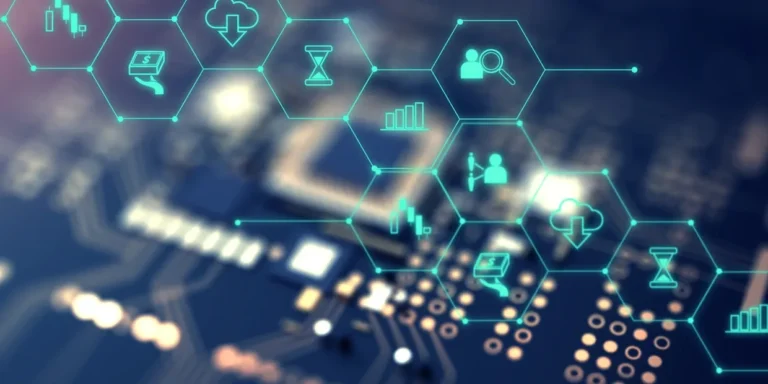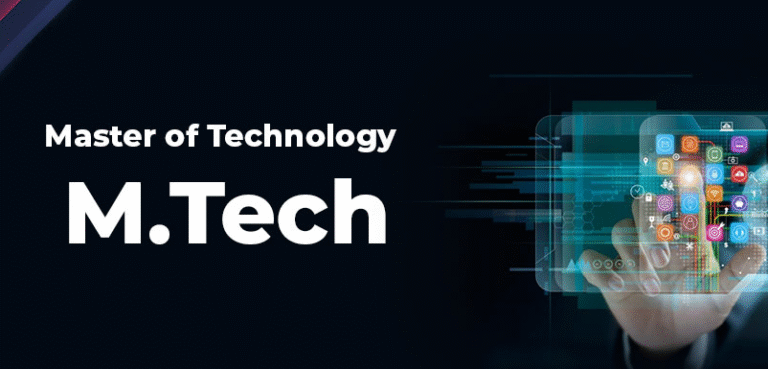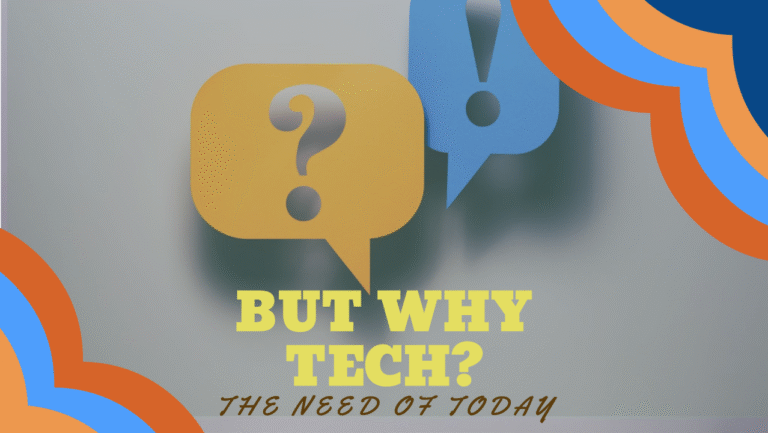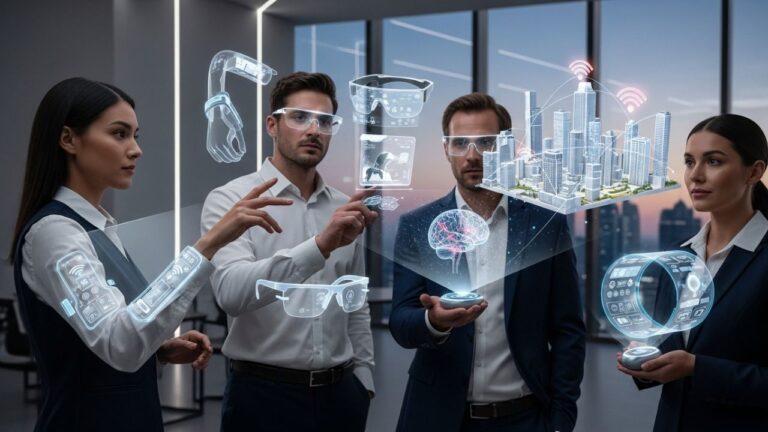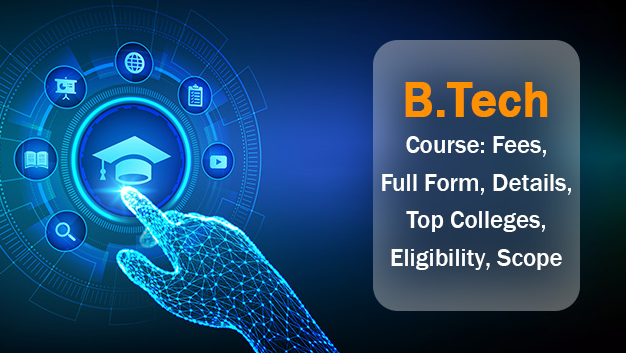Real World Impact of Technology
Beyond the Hype: The Real-World Impact of Tech
Every day, headlines are dominated by the next big thing: a breakthrough in quantum computing, a new AI model, or a visionary claim about the metaverse. While this constant buzz generates excitement, it often obscures a more critical conversation: what is the actual, tangible impact of tech beyond the hype? The true measure of technology’s value isn’t found in press releases or stock valuations; it’s found in hospital rooms, on factory floors, in classrooms, and in the daily routines of people worldwide. Moving beyond the speculative future, we find a present where technology is already solving profound problems, reshaping industries, and creating a complex tapestry of societal change. This is the story of how innovation transitions from a captivating concept to a force with genuine, real-world consequences.
The journey from hype to impact begins with a fundamental shift in perspective. Hype is concerned with potential—what a technology could do. Real-world impact is concerned with application—what it is doing. This application is where abstract ideas meet gritty reality, requiring integration, adaptation, and a focus on utility. It’s the difference between a headline-grabbing prototype and a scalable solution that improves efficiency, saves lives, or creates new opportunities. This process is rarely glamorous, but it is where the true transformation occurs. By examining key sectors, we can clearly see this impact in action, far removed from the glossy veneer of marketing campaigns.
Revolutionizing Industries: The Silent Efficiency Engine
While flashy consumer gadgets grab attention, some of technology’s most profound impacts are felt behind the scenes, driving the silent efficiency of global industries.
-
Supply Chain and Logistics: The real-world impact of Internet of Things (IoT) sensors and AI-powered predictive analytics is a supply chain that is more resilient and intelligent. Companies can now track shipments in real-time, monitor the condition of perishable goods, and predict delays before they happen. This isn’t just about convenience; it’s about reducing waste, ensuring the timely delivery of critical medical supplies, and minimizing the economic disruptions that affect prices and availability for consumers.
-
Manufacturing and Agriculture: The concept of “Industry 4.0” is a perfect example of impact over hype. Smart factories use interconnected machinery that can predict its own maintenance needs, dramatically reducing costly downtime. In agriculture, precision farming leverages drones and satellite imagery to analyze crop health, allowing farmers to apply water and fertilizer only where needed. This boosts yields and promotes sustainability by conserving vital resources—a direct, measurable benefit for our planet.
Transforming Human Health: Tech as a Lifesaver
Perhaps no other area demonstrates the real-world impact of tech more powerfully than healthcare. Here, technology moves beyond profit margins and into the realm of human survival and well-being.
-
Telemedicine and Remote Monitoring: Once a niche concept, telemedicine exploded into the mainstream, providing critical access to healthcare for people in remote areas and those with mobility issues. Coupled with wearable devices that monitor heart rate, blood glucose, and sleep patterns, technology enables a shift from reactive to proactive healthcare. Doctors can now intervene before a condition becomes critical, fundamentally changing patient outcomes.
-
AI in Diagnostics and Research: Artificial intelligence is far more than a buzzword in radiology. AI algorithms are now adept at analyzing medical images like MRIs and CT scans, often with a speed and accuracy that can assist—not replace—radiologists in detecting early signs of diseases like cancer. In research, AI is accelerating drug discovery by analyzing vast datasets to identify potential compounds, shaving years off the development timeline for new life-saving medications.
The Social Fabric: Connection, Access, and New Challenges
Technology’s impact on how we communicate, learn, and participate in society is immense and deeply double-edged.
-
Education and Accessibility: Digital platforms have democratized access to information. Online learning tools allow anyone with an internet connection to acquire skills from world-class institutions. For individuals with disabilities, assistive technologies—from screen readers to voice-controlled smart home devices—provide unprecedented levels of independence and participation in society.
-
The Economic Divide and Privacy Erosion: However, the impact is not universally positive. The automation of routine tasks threatens certain job categories, potentially widening the economic divide. Furthermore, the constant collection of personal data by tech giants raises alarming questions about privacy, surveillance capitalism, and the erosion of individual autonomy. This darker aspect of tech’s impact is just as “real-world” as its benefits, demanding rigorous public discourse and thoughtful regulation.
Conclusion: Measuring What Truly Matters
To look beyond the hype is not to be cynical about innovation; it is to demand more from it. The true real-world impact of tech is measured in metrics that matter: improved patient survival rates, reduced carbon footprints, higher literacy levels, and greater economic resilience. It’s found in the small business that uses an e-commerce platform to reach a global market and the student who learns to code online to secure a better future.
The challenge for developers, entrepreneurs, and policymakers is to steer technological advancement toward these tangible, human-centric outcomes. The next time a new technological breakthrough dominates the news, the most important question to ask is not “How does it work?” but rather, “How will it change the lived experience of real people?” By focusing on utility, equity, and ethical application, we can ensure that the age of technology is defined not by its hype, but by its enduring and positive impact on our world.


